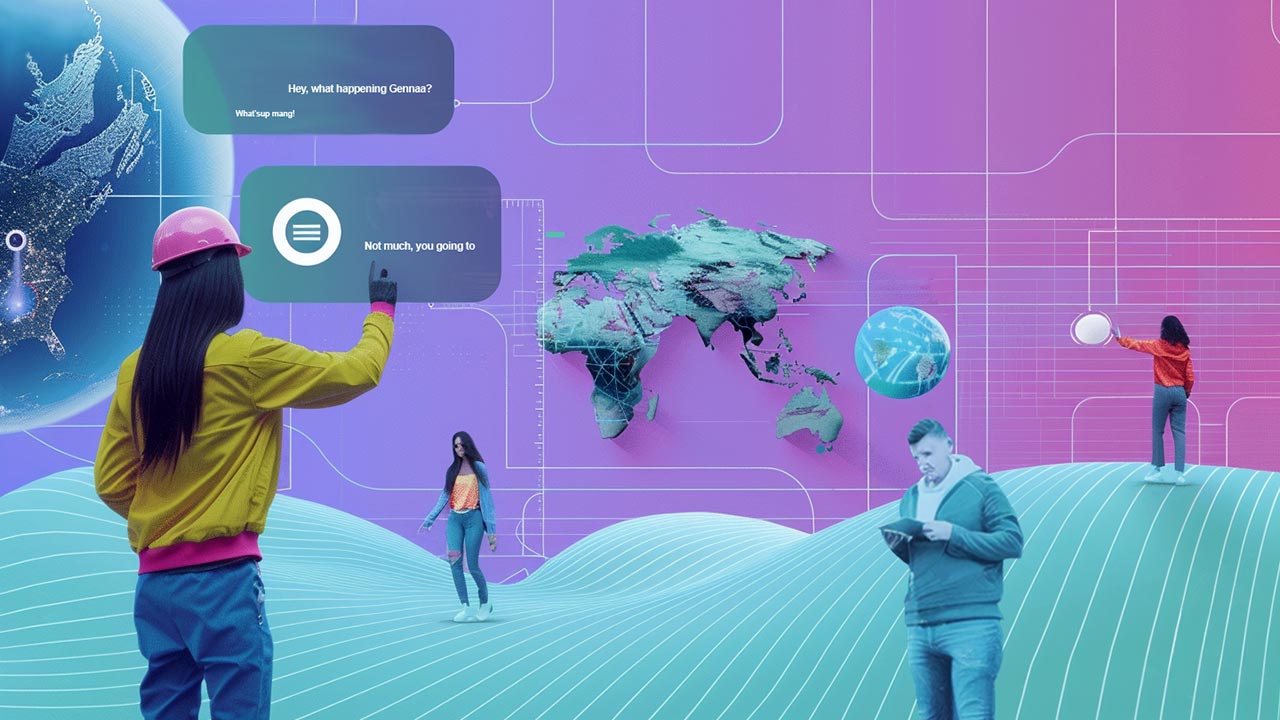Creating Social Connections in a Disconnected World
The rise of digital platforms, remote work, and artificial intelligence (AI) has enhanced our capabilities but at the cost of authentic human interaction. This article will peek into the complex issue of creating social connections in this increasingly fragmented and disconnected environment. We’ll explore the underlying causes, the role technology plays, and the strategies that can be used to foster genuine relationships in both personal and professional settings.
You will gain an understanding of:
- Why social disconnection is increasing despite technological advances
- The psychological and societal impacts of this phenomenon
- Actionable steps to create and maintain meaningful social connections
- How businesses and organizations can leverage technology to foster a sense of community
Table of Contents
- Understanding Social Disconnection
- Strategies for Creating Genuine Social Connections
- The Role of Businesses in Social Connectivity
- Top 5 Frequently Asked Questions
- Final Thoughts
- Resources
Understanding Social Disconnection
The Role of Technology
While the internet and social media platforms have enabled real-time communication across continents, they’ve also fostered a paradox: a widespread sense of isolation. Research shows that 71% of Generation Z feels lonely despite being the most digitally connected generation in history. Algorithms curate interactions, pushing us into echo chambers that reinforce pre-existing beliefs rather than expose us to diverse perspectives and deeper conversations.
Additionally, remote work, spurred by the COVID-19 pandemic, has exacerbated feelings of isolation. With fewer opportunities for organic, face-to-face interactions, employees often struggle to build meaningful connections with their colleagues.
Psychological and Societal Impacts
Humans are inherently social creatures. Studies indicate that chronic loneliness can lead to significant mental health problems, including anxiety, depression, and even a shortened lifespan. Social isolation impacts both personal well-being and community health, leading to fragmented societies that lack empathy and mutual understanding.
In the workplace, isolation hampers collaboration and innovation. Innovation thrives on the exchange of ideas, and when employees feel disconnected, it impedes creativity and problem-solving capabilities. Companies that ignore this reality risk reduced engagement, higher turnover rates, and ultimately, weaker performance.
Strategies for Creating Genuine Social Connections
In Personal Settings
- Prioritize Quality Over Quantity
While social media encourages large networks of ‘friends’ or ‘followers,’ genuine social connections are often deeper and more intimate. Focus on nurturing relationships that offer emotional support and mutual trust. - Leverage Technology Mindfully
Tools like video calls, collaborative platforms, and group chats can be instrumental in maintaining long-distance friendships. However, it’s essential to set boundaries and ensure that these interactions don’t become superficial. Schedule regular video calls that mimic in-person meetings, and be intentional with your communication. - Foster In-Person Experiences
Despite the digital age, face-to-face interactions remain irreplaceable. Whether it’s joining a local community group or organizing events with friends and family, the physical presence has a significant impact on the quality of connection.
In Professional Settings
- Create Informal Interaction Spaces
Whether remote or in-office, businesses should prioritize creating informal spaces for conversation. Virtual ‘water cooler’ moments, through platforms like Slack or Microsoft Teams, can facilitate more casual interactions that humanize professional relationships. - Encourage Cross-Team Collaboration
Companies that foster cross-departmental collaboration are more likely to cultivate a sense of community. Cross-functional projects and brainstorming sessions not only boost innovation but also build personal connections among employees who might not otherwise interact. - Promote Mentorship and Coaching
Organizations that promote mentorship programs help foster meaningful relationships between junior and senior staff. These relationships not only provide guidance but also facilitate a deeper sense of belonging.
The Role of Businesses in Social Connectivity
Businesses have a unique opportunity—and responsibility—to address social disconnection. Technology-driven initiatives, when executed thoughtfully, can enhance connectivity rather than diminish it. For instance, companies like Microsoft and Salesforce have invested in AI-driven collaboration tools designed to create more dynamic and humanized digital interactions. However, technology alone isn’t enough. Leaders must intentionally design organizational cultures that prioritize social well-being alongside productivity.
Research from the Harvard Business Review suggests that organizations with strong social cultures see 20% higher employee engagement and 15% higher productivity. Therefore, it’s not just a ‘nice-to-have’—it’s a competitive advantage.
Top 5 Frequently Asked Questions
Final Thoughts
At its core, social connection is about building relationships that transcend surface-level interactions. In today’s disconnected world, it’s essential to be mindful of how technology shapes these connections, both positively and negatively. By fostering deeper relationships in personal and professional settings, individuals and organizations can mitigate the negative impacts of isolation. Businesses, in particular, have the power to create cultures that support human connection, leveraging technology in ways that enhance, rather than diminish, social bonds.
The key takeaway is that while technology can bring us closer together, it cannot replace the depth of human interaction. To thrive in a digitally-driven world, we must actively pursue meaningful relationships, both online and offline.
Resources
- Harvard Business Review
- Microsoft
- Salesforce
- Statista









Leave A Comment